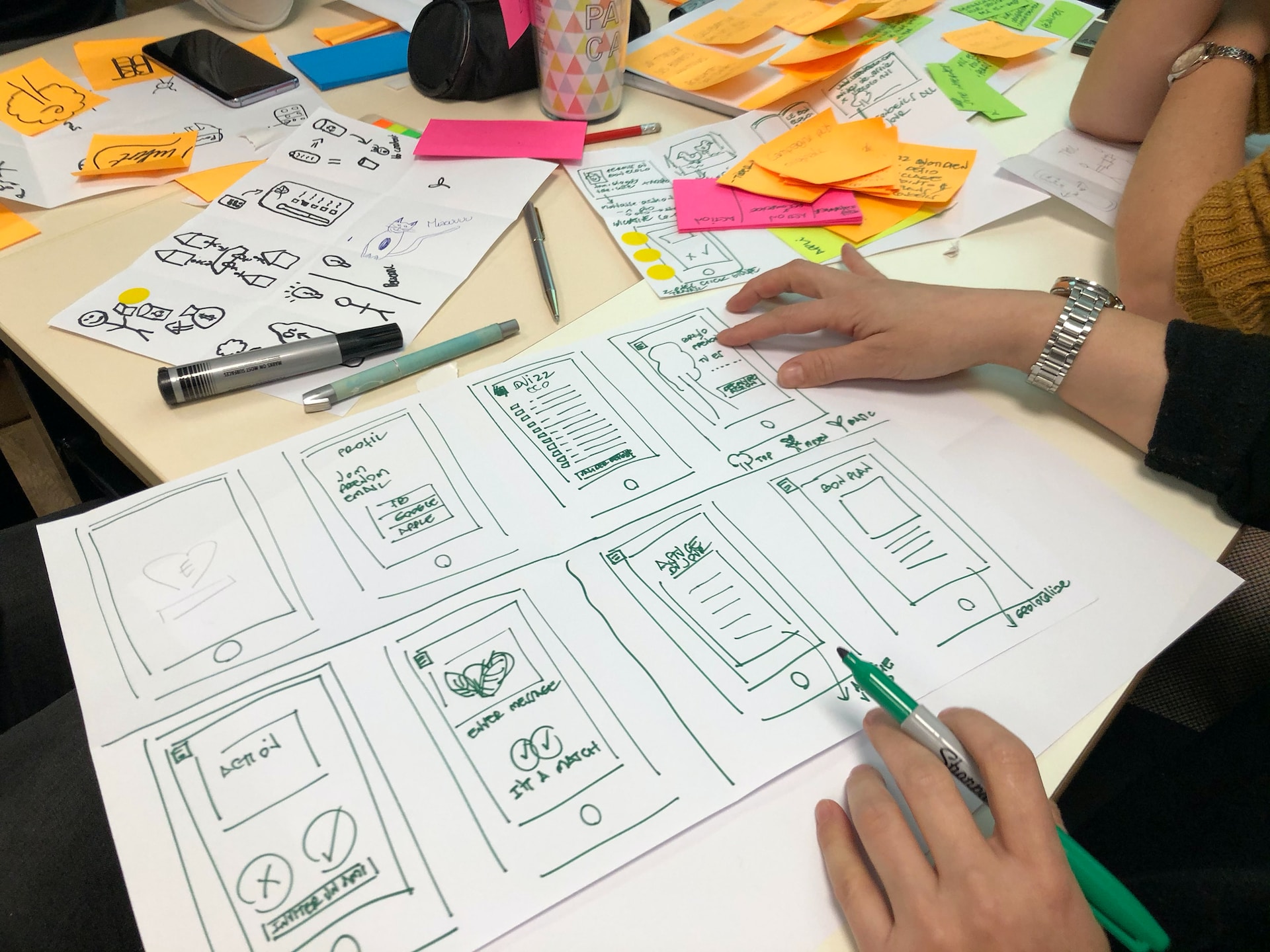
The Importance of a PRD for Product Teams (and the Rest of the Organization)
Clear Vision for the Product Roadmap
Alignment with Business Objectives
What's the difference between a PRD and a BRD?
Efficiency of Execution
Accountability to the Company's Strategy
How detailed should a PRD be?
What's included in a PRD?
Overview
- Product Name: The name of the product or feature being developed.
- Purpose: A brief statement describing the product's purpose and the problem it aims to solve.
- Target Audience: A description of the product's intended users or customer segments.
Goals and Objectives
- Business Goals: A list of the business goals the product is expected to contribute to.
- Product Objectives: A list of the specific objectives the product is designed to achieve, often aligned with key performance indicators (KPIs).
Product Requirements
- Functional Requirements: A list of the product's features, capabilities, and user interactions, often described in terms of user stories or use cases.
- Non-Functional Requirements: A list of the product's technical, performance, and usability requirements, such as response times, accessibility, or platform compatibility.

Assumptions and Dependencies
- Assumptions: A list of the assumptions made during the development process, such as user behavior, market conditions, or technology trends.
- Dependencies: A list of the external factors or resources that the product relies on, such as third-party APIs, software libraries, or hardware components.
Timeline, Milestones and Release Criteria
- Milestones: A list of the significant milestones that must be achieved throughout the development process, such as design completion, prototype testing, or launch.
- Timeline: A high-level overview of the estimated timeline for each milestone, including start and end dates.
Roles and Responsibilities
- Product Manager: The individual responsible for overseeing the entire product development process, from concept to launch.
- Development Team: The team of developers, designers, and engineers responsible for building the product.
- Stakeholders: A list of the individuals or groups with a vested interest in the product's success, such as company executives, investors, or customers.

Best Practices for Creating an Effective PRD
Collaborate
Be Specific
Prioritize
Iterate
Keep it Concise
Final Thoughts
Related Courses
Product Discovery Done Right
Understanding how to apply product discovery to steadily create value. Developing strategies to gain support from high-level management.
The Four Hour Product Vision Sprint
A strong product vision is at the heart of any great product. We will take four hours (including a break!) to strengthen your product vision
Create a system to keep documentation in use and updated
If it's not used, it's not useful! Set up routines and responsibilities to enable yourself and your team to use and update documentation.
Gather data requirements in 30 minutes using a shared language
Stop boiling the ocean, capture requirements in a repeatable way, so your stakeholders love and data teams can build from
Product Strategy for Designers
Advocate for your ideas, influence product and step up your design career.
Product Requirements Masterclass
This is the Book of Requirements. Learn everything you need to know about how to orchestrate work iteratively on Agile teams!
You might also like

How to Run a Product Critique [With Examples]

Product Management in 2023: An In-Depth Guide

Chaos to Clarity: Strategies for Managing Your Product Backlog Effectively

